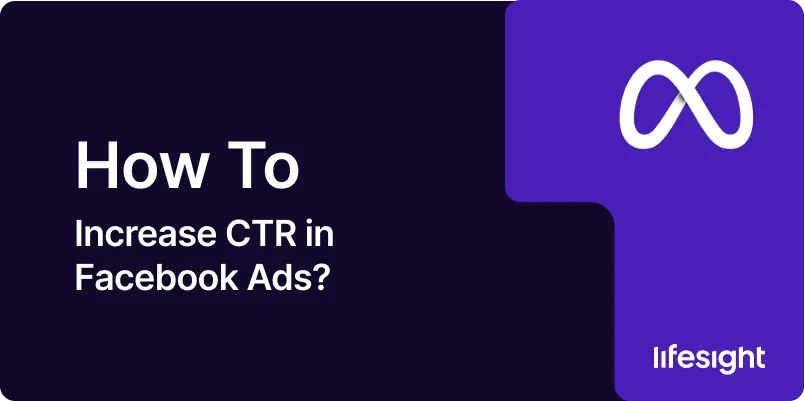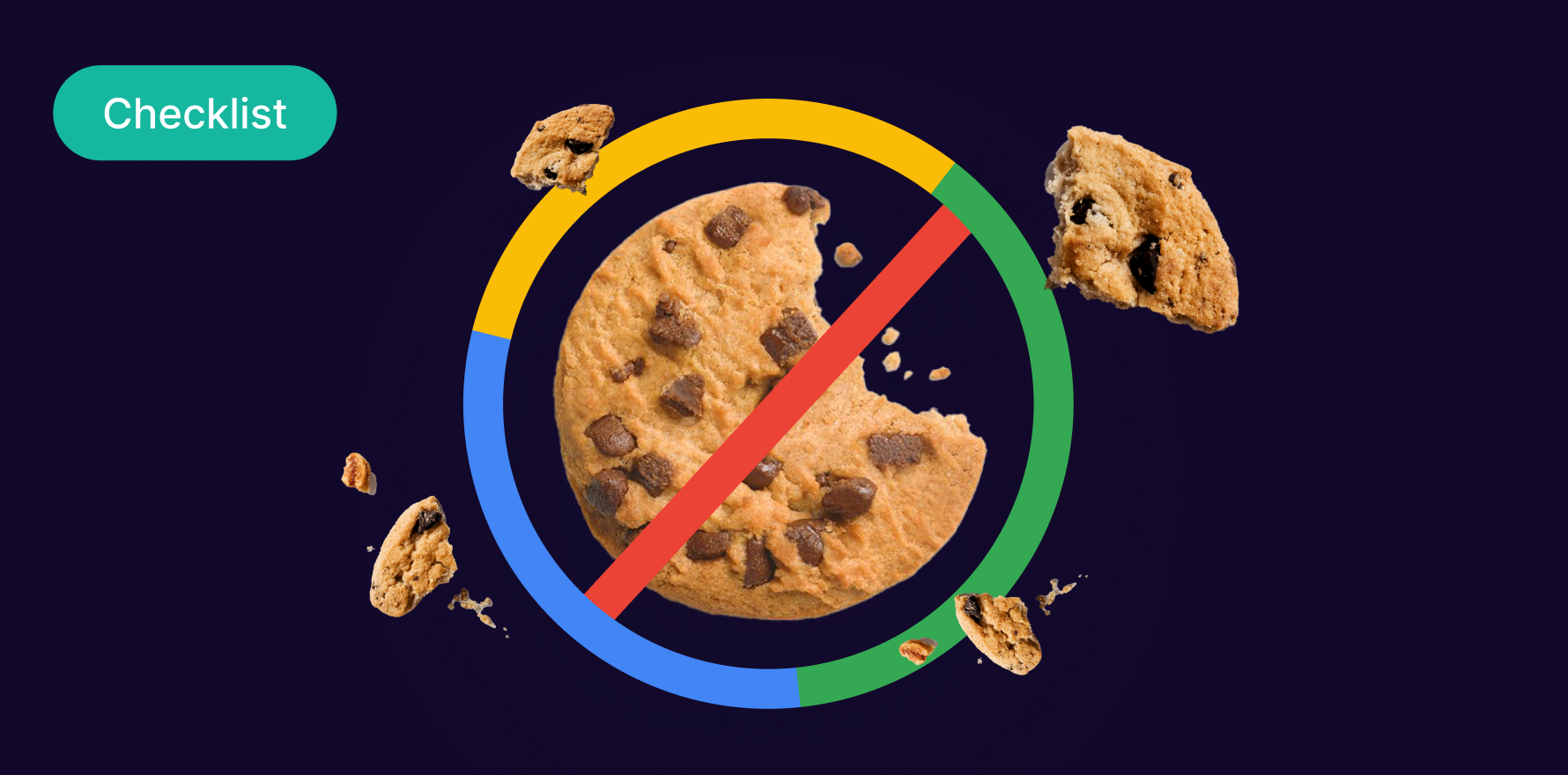
Increasing Click-Through Rate (CTR) in Facebook Ads is crucial for enhancing your ad’s effectiveness and driving more traffic to your desired destinations. A higher CTR signifies that your ad is engaging and relevant to your target audience, which can lead to better overall campaign performance. This comprehensive guide will walk you through a step-by-step process to improve your Facebook Ads’ CTR, ensuring that your campaigns achieve optimal results.
Introduction
Click-Through Rate (CTR) is a key performance metric that measures the percentage of users who click on your ad after seeing it. A high CTR indicates that your ad resonates with your audience and effectively encourages them to take action. Improving your CTR can lead to more traffic, better engagement, and increased conversions. This guide provides actionable steps to enhance your CTR, from optimizing ad creative to refining audience targeting and analyzing performance data.
Step-by-Step Guide
Step 1: Define Clear Objectives
- Identify Campaign Goals: Determine what you want to achieve with your Facebook Ads. Whether it’s increasing brand awareness, generating leads, or driving sales, clear objectives will guide your strategy.
- Set Specific Metrics: Establish specific metrics for success, such as desired CTR, conversion rates, or cost per click (CPC). This will help you measure and evaluate the effectiveness of your ads.
- Align Ads with Objectives: Ensure that your ad content, design, and targeting align with your campaign goals. This alignment will make your ads more relevant and appealing to your audience.
- Use A/B Testing: Plan to test different ad variations to find out which ones perform best in terms of CTR. A/B testing will provide insights into what resonates with your audience.
- Review and Adjust Goals: Periodically review your objectives and adjust them based on campaign performance and market conditions.
Step 2: Optimize Ad Creative
- Craft Compelling Headlines: Write attention-grabbing headlines that clearly communicate the value of your offer. Use powerful words and phrases that entice users to click.
- Design Eye-Catching Visuals: Create high-quality images or videos that stand out in the Facebook News Feed. Ensure that your visuals are relevant to your ad’s message and target audience.
- Include a Clear Call-to-Action (CTA): Incorporate a strong CTA that encourages users to take the desired action. Use action-oriented language such as “Shop Now,” “Learn More,” or “Sign Up.”
- Keep Text Concise: Use concise and persuasive ad copy to convey your message. Avoid cluttering the ad with too much text, which can reduce readability and engagement.
- Test Ad Formats: Experiment with different ad formats, such as carousel ads, video ads, or slideshow ads, to determine which format yields the highest CTR.
Step 3: Refine Audience Targeting
- Use Detailed Targeting: Leverage Facebook’s detailed targeting options to reach users based on their interests, behaviors, and demographics. The more specific your targeting, the more relevant your ad will be to the audience.
- Create Custom Audiences: Use Custom Audiences to target users who have previously interacted with your brand, such as website visitors or past customers. This can increase the likelihood of clicks.
- Utilize Lookalike Audiences: Build Lookalike Audiences based on your best customers to reach new users who are similar to your existing audience. This can improve ad relevance and engagement.
- Segment Your Audience: Break down your audience into segments based on factors such as location, age, or purchasing behavior. Tailor your ads to each segment to enhance relevance.
- Monitor and Adjust Targeting: Regularly review your audience targeting and adjust it based on performance data to ensure you are reaching the most relevant users.
Step 4: Enhance Ad Placement and Timing
- Choose Optimal Ad Placements: Select ad placements that align with your audience’s behavior. Options include Facebook News Feed, Instagram Feed, Facebook Stories, and more.
- Use Automatic Placements: For broader reach and optimization, enable “Automatic Placements.” Facebook will place your ads in the most effective locations based on performance data.
- Schedule Ads for Peak Times: Analyze your audience’s activity patterns and schedule your ads to run during peak times when users are most likely to engage.
- Optimize for Mobile: Ensure your ad creative is optimized for mobile devices, as a significant portion of Facebook users access the platform via mobile.
- Monitor Placement Performance: Track the performance of different ad placements and adjust your strategy based on which placements yield the highest CTR.
Step 5: Improve Ad Relevance
- Align Ads with Audience Interests: Ensure that your ad content is relevant to the interests and needs of your target audience. Use audience insights to tailor your messaging.
- Personalize Ad Content: Personalize your ads based on user behavior and preferences. For example, show relevant products or offers based on users’ previous interactions with your brand.
- Address Pain Points: Highlight solutions to common pain points or challenges that your audience faces. This can make your ad more compelling and relevant.
- Use Dynamic Ads: Implement dynamic ads to automatically show personalized content based on users’ browsing behavior or previous interactions with your website.
- Optimize Ad Copy for Relevance: Ensure that your ad copy addresses the specific needs or interests of your target audience, making it more relevant and engaging.
Step 6: Leverage Social Proof
- Showcase Customer Reviews: Incorporate positive customer reviews or testimonials into your ad creative to build trust and credibility.
- Highlight User-Generated Content: Use user-generated content, such as photos or videos from satisfied customers, to enhance authenticity and appeal.
- Display Trust Badges: Include trust badges or certifications in your ads to reassure users about the quality and reliability of your products or services.
- Promote Popular Products: Feature best-selling or popular products in your ads to leverage social proof and attract more clicks.
- Share Success Stories: Highlight success stories or case studies that demonstrate the effectiveness of your products or services.
Step 7: Optimize Landing Pages
- Ensure Consistent Messaging: Make sure that the messaging on your landing page aligns with the content of your ad. Consistency helps maintain user interest and reduces bounce rates.
- Create a Compelling Landing Page: Design a visually appealing and user-friendly landing page that encourages users to take the desired action. Include clear CTAs and relevant information.
- Improve Page Load Speed: Optimize your landing page for fast loading times to prevent users from leaving before the page fully loads.
- Implement A/B Testing on Landing Pages: Test different landing page variations to identify which elements drive higher engagement and conversions.
- Monitor Landing Page Performance: Use analytics tools to track landing page performance and make adjustments based on user behavior and feedback.
Step 8: Utilize Ad Extensions
- Add Call Extensions: Include call extensions in your ads to make it easy for users to contact you directly from the ad.
- Incorporate Site Links: Use site links to direct users to specific pages on your website, such as product categories or special offers.
- Include Location Extensions: If applicable, add location extensions to help users find your physical store or business location.
- Use App Extensions: For mobile apps, include app extensions to encourage users to download or open your app directly from the ad.
- Monitor Extension Performance: Track the performance of ad extensions and adjust them based on their impact on CTR and user engagement.
Step 9: Analyze and Adjust Based on Performance
- Track Key Metrics: Use Facebook Ads Manager to monitor key metrics such as CTR, CPC, and conversion rates.
- Analyze Performance Data: Review performance data to identify trends and patterns that indicate what is working well and what needs improvement.
- Make Data-Driven Decisions: Use insights from performance data to make informed decisions about ad creative, targeting, and placement.
- Adjust Strategy as Needed: Based on performance analysis, adjust your ad strategy to optimize for higher CTR and better overall results.
- Regularly Review Campaigns: Continuously review and refine your campaigns to ensure they remain effective and aligned with your marketing objectives.
Step 10: Stay Updated with Trends and Best Practices
- Follow Industry Trends: Stay informed about the latest trends and developments in digital advertising and Facebook Ads to keep your strategy current and effective.
- Attend Webinars and Conferences: Participate in industry webinars and conferences to learn from experts and gain new insights into improving ad performance.
- Read Case Studies and Success Stories: Study case studies and success stories to understand how other businesses have achieved high CTR and apply relevant strategies to your own campaigns.
- Experiment with New Features: Explore and test new features and ad formats offered by Facebook to find innovative ways to engage your audience.
- Seek Professional Advice: Consult with digital marketing professionals or agencies for expert guidance and support in optimizing your ad campaigns.
Summary
Improving CTR in Facebook Ads is essential for enhancing the effectiveness of your campaigns and driving more engagement with your target audience. By following the steps outlined in this guide, you can optimize your ad creative, refine audience targeting, enhance ad relevance, and analyze performance to achieve better results. Regularly monitoring and adjusting your strategy will help you maintain a high CTR and ensure that your Facebook Ads deliver the desired outcomes.
Free essential resources for success
Discover more from Lifesight
















